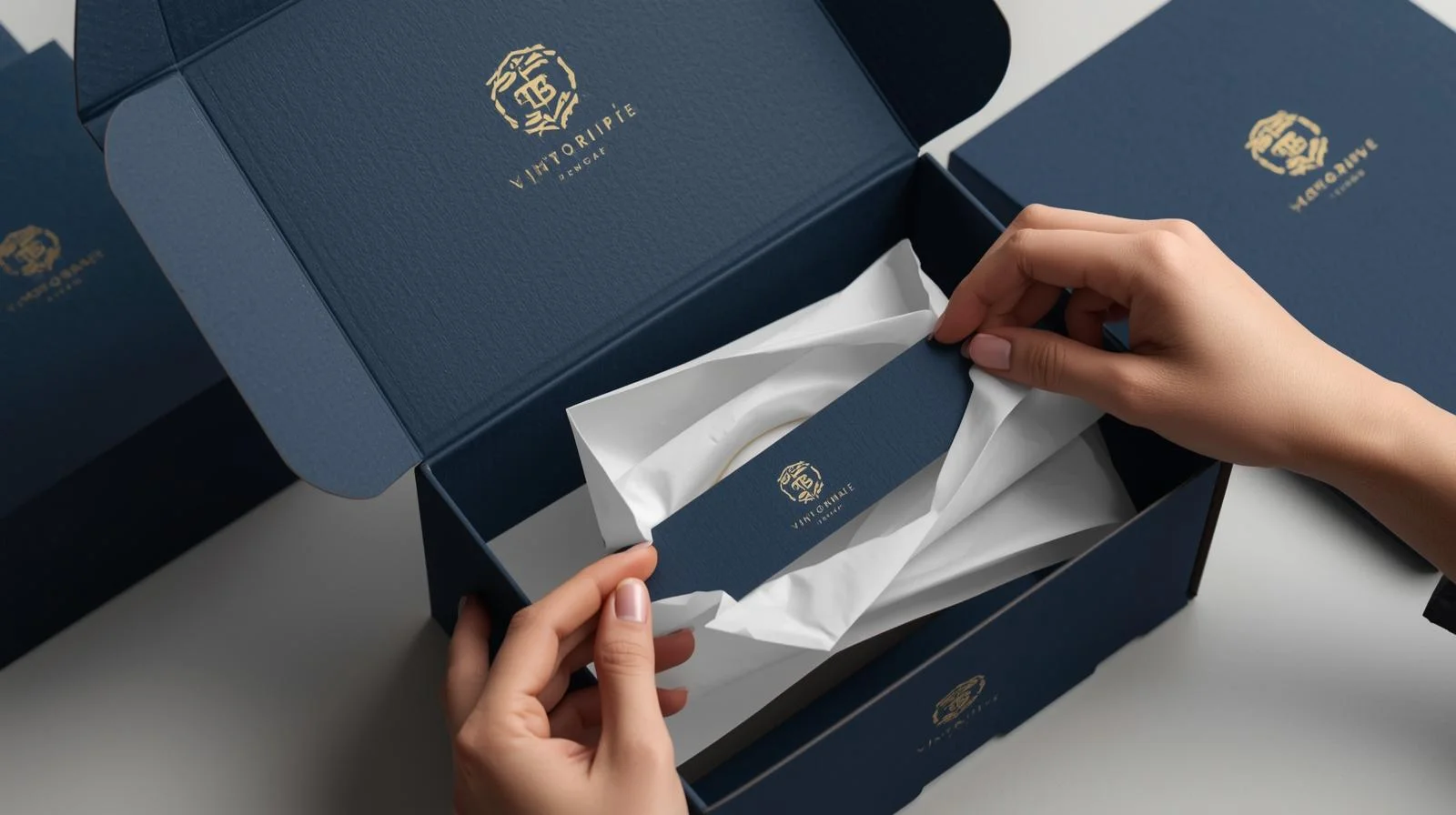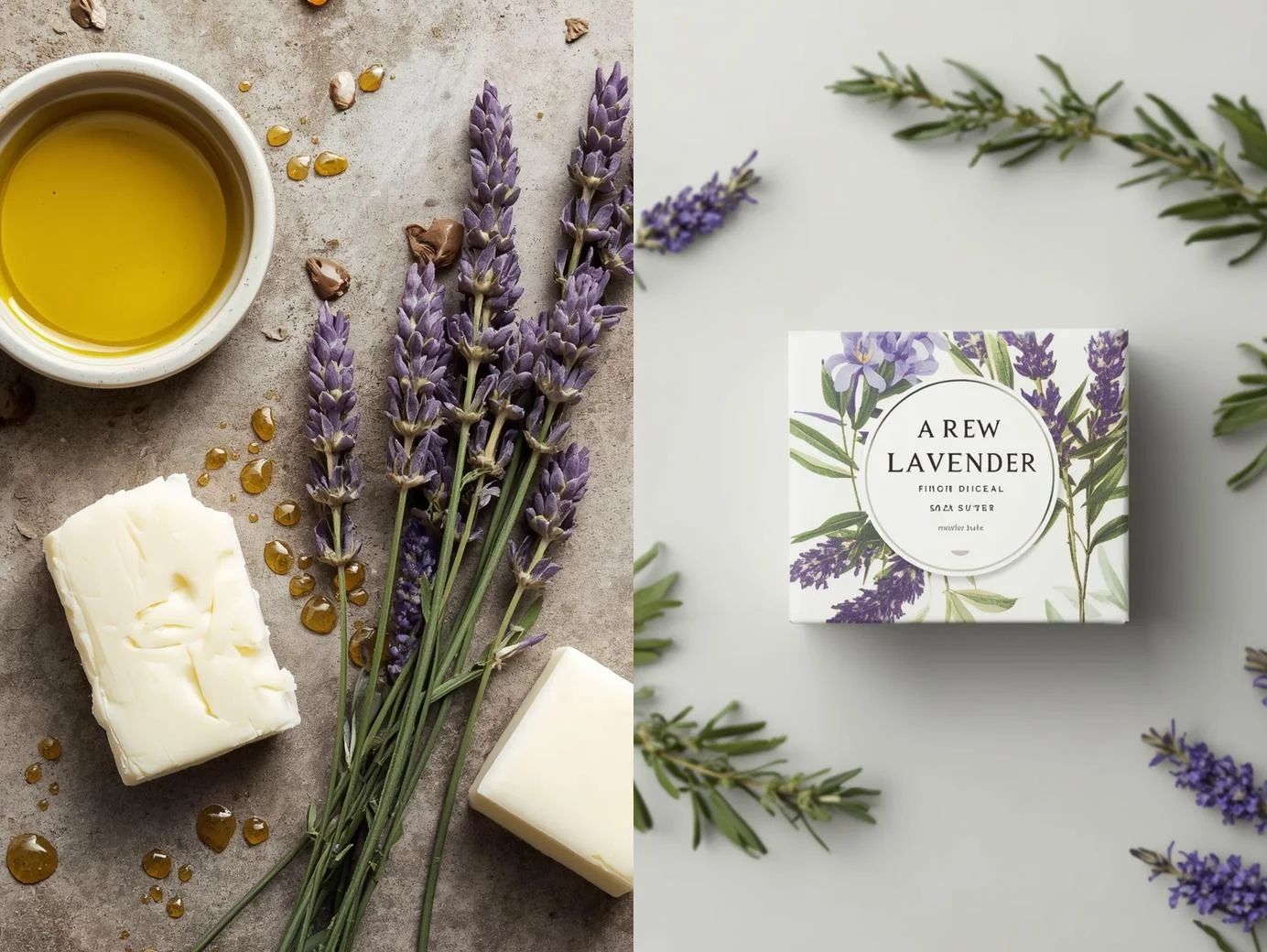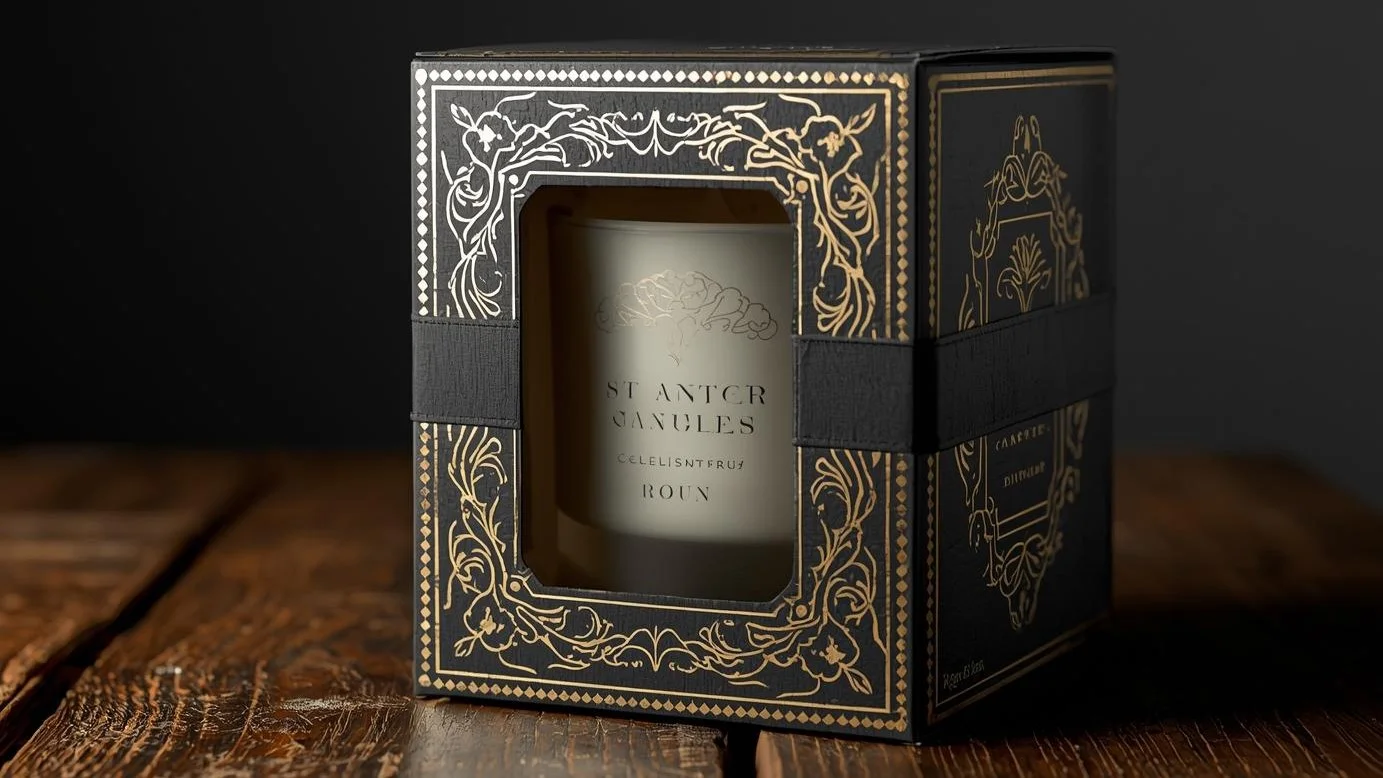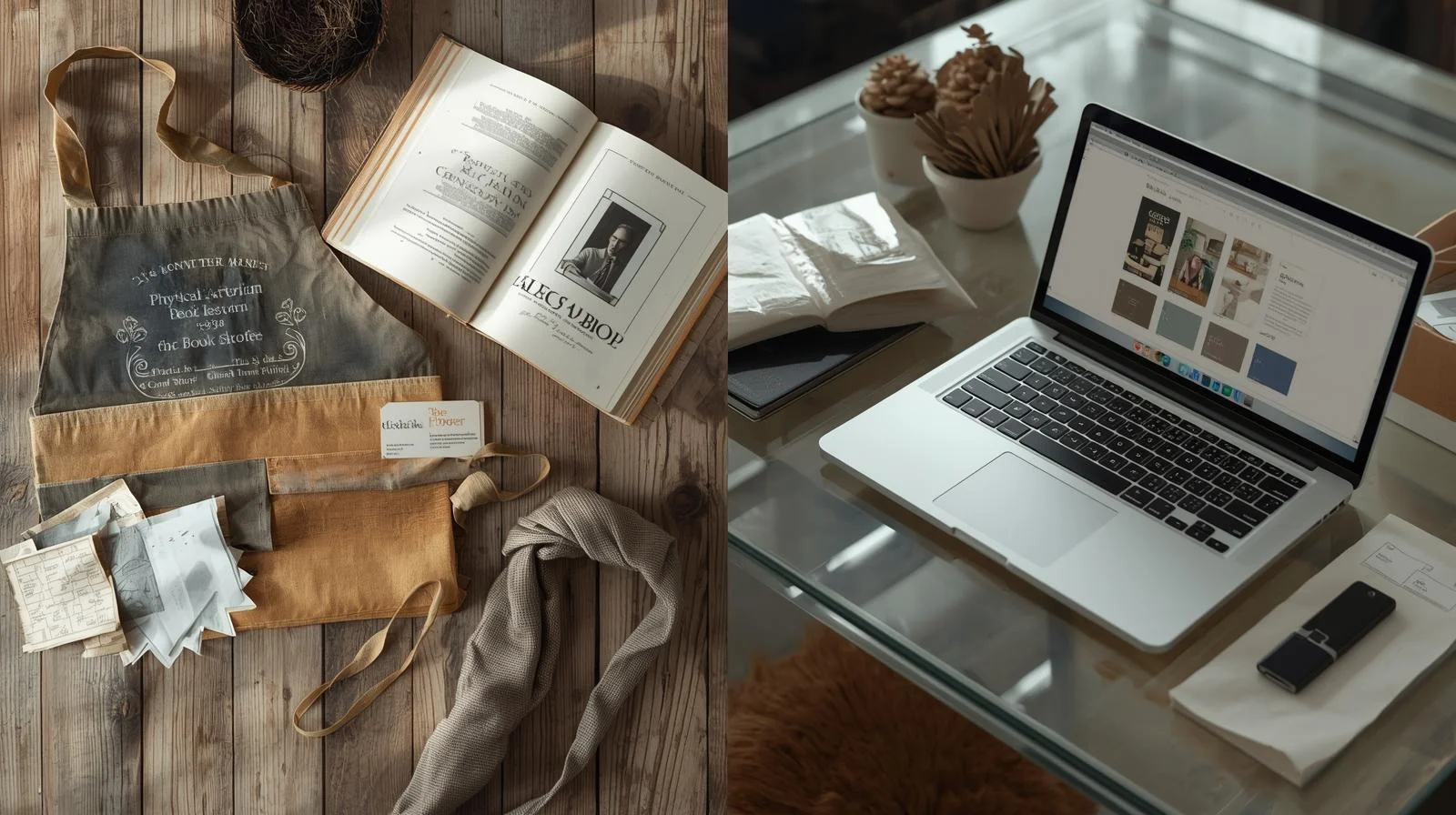Choosing the right paper for your printing project can make or break its success. The paper you pick affects the look, feel, and durability of your final product. Whether you’re printing business cards, brochures, or posters, the right paper enhances your design and communicates quality. This guide simplifies the process, helping you select the perfect paper for your needs. Let’s dive in!
Table of Contents
ToggleWhy Paper Choice Matters
Paper isn’t just a surface—it’s a key part of your project’s impression. The right paper can make colors pop, text stand out, or give a premium feel. A poor choice can lead to faded prints, smudged ink, or a flimsy product. Consider these factors to make an informed decision:
- Purpose: Is your project for marketing, personal use, or professional documents?
- Budget: Higher-quality paper costs more but can elevate your brand.
- Durability: Will the printed item be handled often or need to last long?
- Printing Method: Inkjet, laser, or offset printing may require specific paper types.

Key Factors to Consider When Choosing Paper
Understanding paper properties helps you match the right type to your project. Here are the main factors to consider:
1. Paper Weight and Thickness
Paper weight and thickness determine how sturdy your print feels. They’re measured in different ways:
- Pounds (lb or #): This measures the weight of 500 sheets (a ream) in its uncut size. For example, 80# cover stock is heavier than 80# text.
- Points (pt): This measures thickness in thousandths of an inch. A 12pt paper is 0.012 inches thick.
- GSM (grams per square meter): This measures the weight of one square meter. Higher GSM means thicker, heavier paper (e.g., 100 GSM is light, 300 GSM is heavy).
Examples:
- 20–24 lb (60–90 GSM): Great for everyday documents like letters or flyers.
- 80–100 lb (200–270 GSM): Ideal for brochures, posters, or booklet covers.
- 10–14 pt (250–350 GSM): Perfect for business cards or postcards.
2. Coated vs. Uncoated Paper
Paper finish affects how your print looks and feels. Choose between coated and uncoated options:
- Coated Paper: Has a smooth, glossy, or matte coating. It’s great for vibrant colors and sharp images but harder to write on. Use for photos, magazines, or brochures.
- Uncoated Paper: Has a natural, textured feel. It’s easy to write on and ideal for letterheads, flyers, or journals.
Tip: For projects like greeting cards, try C1S (coated one side) paper—glossy outside, writable inside.
3. Paper Finish Options
The finish impacts the visual and tactile experience. Common finishes include:
- Glossy: Shiny and vibrant, perfect for photos and marketing materials. Avoid for text-heavy designs due to glare.
- Matte: Non-reflective, great for readability and a soft, elegant look.
- Satin: A middle ground between glossy and matte, balancing vibrancy and readability.
- Linen or Textured: Adds a premium, tactile feel, ideal for certificates or invitations.
4. Opacity
Opacity measures how much light passes through the paper. High opacity prevents text or images from showing through, which is crucial for double-sided printing.
- High Opacity (90–100%): Use for postcards, greeting cards, or booklets.
- Low Opacity (0–50%): Best for tracing paper or lightweight flyers.
Tip: Choose heavier paper (higher GSM) for better opacity in double-sided projects.
5. Sustainability
Eco-friendly paper options show you care about the environment. Look for:
- FSC-Certified Paper: Sourced from responsibly managed forests.
- Recycled Paper: Made from post-consumer waste, reducing environmental impact.
- Carbon-Balanced Paper: Offsets CO2 emissions during production.
Choosing Paper for Specific Projects
Different projects need different papers. Here’s a quick guide:
- Business Cards: Use 12–16 pt (300–400 GSM) cover stock, coated for a sleek look.
- Brochures: Choose 80–100 lb (200–270 GSM) text for inner pages, 100–120 lb cover for the outside.
- Posters: Opt for 100 lb gloss text for vibrant colors and durability.
- Certificates: Go for parchment or linen paper (80–100 lb) for a premium, fraud-resistant feel.
- Photos: Use glossy or luster photo paper for high contrast and detail.
Common Questions About Choosing Paper
Here are answers to popular questions to help you decide:
- What’s the difference between text and cover paper? Text paper is thinner (e.g., 60–100 lb) and used for inner pages. Cover paper is thicker (e.g., 80–120 lb) for covers or cards.
- How does paper affect printing costs? Thicker, coated, or specialty papers cost more but add quality. Bulk printing on standard sizes like A4 or Letter saves money.
- Can I write on coated paper? Matte or satin-coated paper is easier to write on than glossy. Uncoated is best for writing.
- What’s the best paper for double-sided printing? Choose high-opacity paper (90% or higher) to prevent show-through.

Tips for Working with Your Printer
Your printer can guide you to the best paper choice. Here’s how to collaborate effectively:
- Ask for Samples: Request a free paper sample kit to feel textures and see print quality.
- Test Prints: Order a proof to check how your design looks on the chosen paper.
- Discuss Equipment: Ensure the paper works with your printer’s inkjet, laser, or offset technology.
- Consider Budget: Balance quality and cost by exploring standard paper options.
Suggested External Link: Link to a printing service like PrintingCenterUSA (printingcenterusa.com) for sample kit requests.
Final Thoughts
Choosing the right paper for your Custom Printing project doesn’t have to be overwhelming. Focus on your project’s purpose, budget, and desired look. Consider weight, finish, opacity, and sustainability. Work with your printer to test samples and ensure compatibility. With these tips, you’ll create professional, eye-catching prints that leave a lasting impression.
Ready to start your project? Contact your local printer or request a free paper sample kit today!





